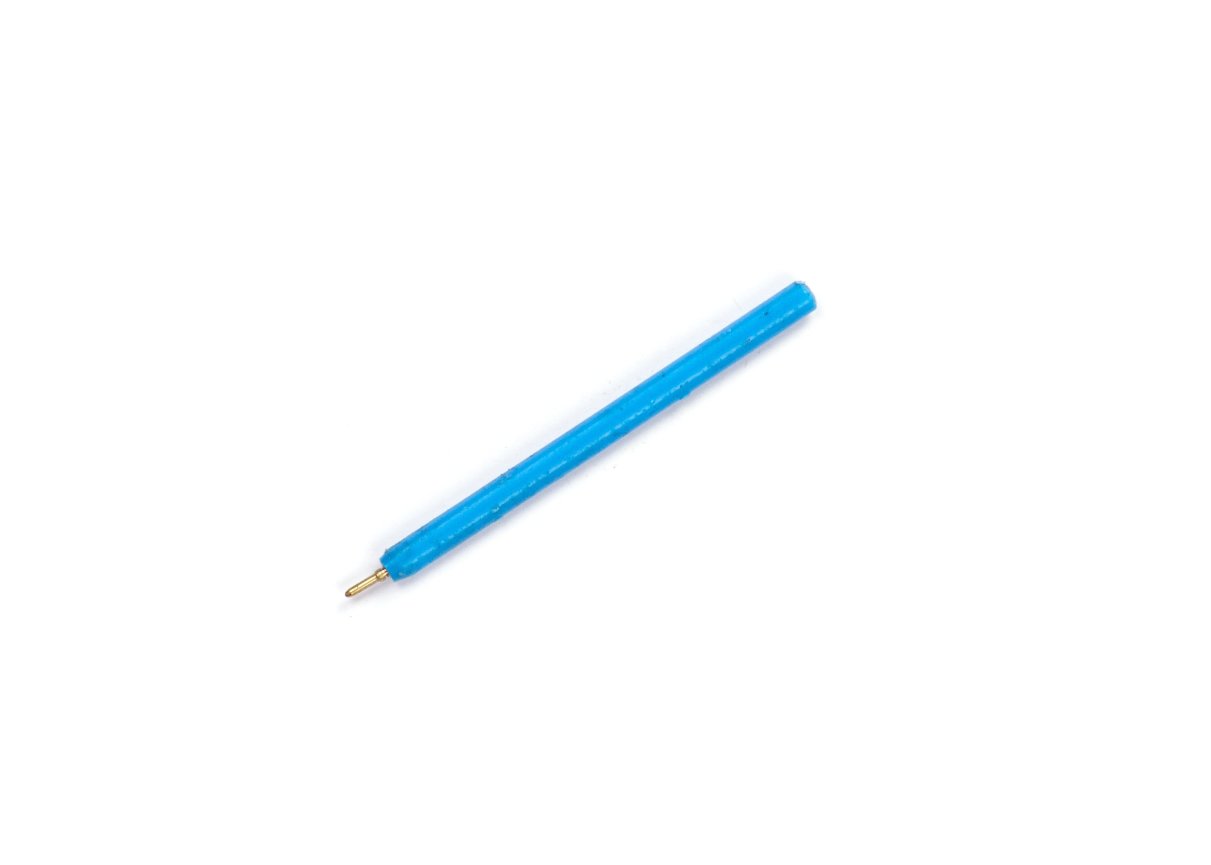I can rarely resist picking up dropped pens from the street. I feel it’s such a waste. There is such potential in a pen. The things you could write, draw, graffiti, scribble out – so much life left in them. The ballpoint pen makes an indelible mark. The gloopy ink shines and rolls out only stubbornly, allowing pressure to create a feathery or a sticky line.
I love that Talya Baldwin’s botanical illustrations for Phytology are in biro, absolutely the appropriate medium for city weeds.
I rarely collect these little blue pens that come from the bookies. My superstitious gut senses lost fortune, hope dashed, bad luck. Of course, it might also have been discarded after a win, but statistics say otherwise. Still, people continue to bet anyway, even if the odds are against them, and gain much pleasure from it. Maybe the little pens do signify hope to some. In the London Borough of Tower Hamlets there are 76 bookies, and £400m is spent there a year on gambling. Betting shops are concentrated in areas where there are poor, vulnerable communities, in close proximity to pawn shops, this is no coincidence, it’s a business strategy.
Gambling is an accepted form of everyday entertainment but it’s also addictive, a win or a near miss releasing pleasurable substances into the body like a drug.
Problem gambling is a hidden addiction and these pens reveal its prevalence. They will become an endangered species as betting increasingly goes digital, and people use apps to ‘track their accas’ in bookie parlance. We’ll be able to date layers of rubbish in the future by their presence.


